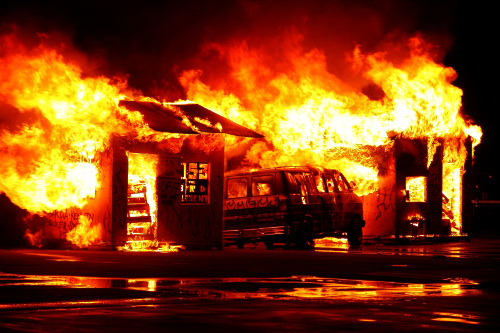When responding to an emergency, firefighters are responsible for connecting hoses to hydrants, operating the pumps that power the hoses, climbing ladders, and using other tools to break through debris. Firefighters also enter burning buildings to extinguish fires and rescue individuals. Many firefighters are responsible for providing medical attention. Two out of three calls to firefighters are for medical emergencies, not fires, according to the National Fire Protection Association.
Firefighters’ duties may change several times while they are at the scene of an emergency. In some cases they remain at disaster scenes for days, for example, rescuing trapped survivors and assisting with medical treatment.
When firefighters are not responding to an emergency, they are on call at a fire station. During this time, they regularly inspect equipment and perform practice drills. They also eat and sleep and remain on call, as their shifts usually last 24 hours.
Wildland firefighters are specially trained firefighters. They use heavy equipment and water hoses to control forest fires. They also frequently create fire lines—a swath of cut-down trees and dug-up grass in the path of a fire—to deprive a fire of fuel. They will also use prescribed fires to burn potential fire fuel under controlled conditions. Some wildland firefighters, known as smoke jumpers, parachute from airplanes to reach otherwise inaccessible areas.









